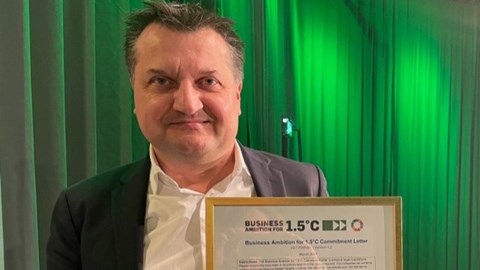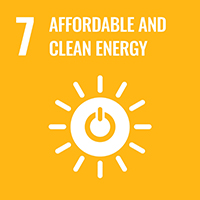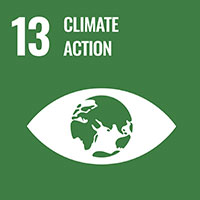Focus area
At Mölnlycke, we fully support the objectives of the UN’s Paris Agreement on climate change and our commitment is to reach Net Zero by 2050 at the latest, decoupling material use from our growth.

We transform our business to decouple it from resource constraints.
We constantly innovate with the aim to offer our customers the most sustainable solutions1 while not compromising on safety and quality of our products.
Our goals
By 2030 at the latest:
- 50% reduction of scope 1 and 2 emissions (vs baseline 2016)
- zero waste to landfill
- 100% renewable electricity by end of 2024
- >95% of packaging to be recyclable and >80% of all packaging to be made of recycled (PCR) and/or renewable material (covering products mainly produced by Mölnlycke; most contract manufactured and distributed products excluded from the initial scope.)
- assess the sustainability profile of our product portfolio
By 2050 at the latest:
- Net Zero GHG emissions along the entire value chain.
For details please see our integrated Annual Report for 2022.
Current progress
Scope 1 & 2 emissions in 2022
(against baseline 2016)
Scope 3 emissions in 2022
(against baseline 2021)
energy intensity reduction
(against baseline 2021)
share of renewable electricity consumption

In December 2022 we joined the network of companies taking action on climate change by committing to set both near-term emission reduction targets, as well as Net Zero targets, in line with the criteria and recommendations set by the Science Based Targets initiative. This is a major milestone in our journey to Net Zero by 2050 at the latest.
&mode=crop)
We take our responsibilities to society as a given. Today’s imperative is to drive the economic transition further and faster – harnessing innovation to achieve greater resource productivity and growth for our customers, creating sustainable value for all our stakeholders.
Caterina Camerani, VP Sustainability
Relevant Sustainable Development Goals:
 |
 |
 |
1Sustainable solutions are solutions providing clear sustainability benefits to our customers. Solutions are assessed across their lifecycle and benchmarked against current market mainstream applications, which makes the result of the assessment a moving target. These solutions match the standard offerings in all respects and either exceed or are comparable to them in at least one of the following sustainability parameters: GHG emissions and energy efficiency, use of natural resources, waste, packaging, inclusivity, health and wellbeing.







